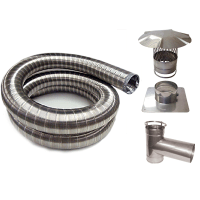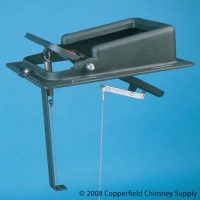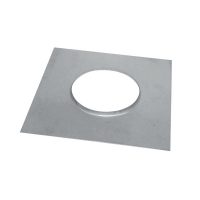The secret is to buy this wood during summer as soon as wood is cheap and store it so that it dries of completely and is ready to burn in winter.
Firewood, no matter whether you cut it yourself or buy it from a supplier, is a costly investment either with regard to labor or cold hard cash. It is important to keep your firewood dry and ready to go because if your lumber gets wet it doesn’t lose efficiently and you’ll get a substantial amount of smoke and steam produced for the reason that fire burns. If you live in a climate where there is a lot of rain and snow then creating a firewood shed may just be the answer to the problem of keeping your lumber dry and ready for use whatever the the conditions might end up.
As using any shed design, the location of ones shed is of paramount importance and really taken lightly. You wish to put the shed in an area where the ground drains well, is preferably higher than low points on the property and probably will have more natural safeguard from rain and excellent skiing conditions than other points inside your yard. It should also be built near to the house so that within times of heavy rain or snow or in the event the temperature is blisteringly cold, you don’t have to date to walk to collect firewood for burning. I love to build a firewood shed using one outside wall on the town as the back walls of my shed.
An easy roof, on that carries a rather steep slant into it will assure that rain and snow easily slides off the roof and is directed faraway from the dry firewood becoming stored inside.
I also love to build the shed with an open front in order to make access to the wood simple for both initial storage together with for retrieval when required.
That’s so why most firewood sheds are created with only three sides. In addition to the access issue, the open front allows for air circulation which increases keeping the firewood altogether dry. It is important to remain the open front facing faraway from the prevailing direction of the wind in your neighborhood. In the Northern Hemisphere imagine that the front in the shed should face southern.
In order to help protect your firewood from moisture, the floor of that shed should slant a bit toward the open front and you ought to line the floor which has a strong plastic sheeting product.
Of training course, most firewood sheds are actually quite small. As you stack wood in the shed, if you only stack a single row of cut lumber, your shed needs to be just 3 to 4 toes wide. This width can provide adequate protection from weather and snow. They don’t ought to be too tall either. If you’re storing a cord involving wood, then about 4 toes high and 6 feet long are going to be sufficient.
These may not be available with all plans, nevertheless these points are what make great plans excellent.
Having dry wood to boost your fire in earlier morning or late evening is extremely important to get and maintain your home warm. Wet wood will not burn so it is a must to save your firewood dry.
It is important to maintain your firewood dry and ready to go because if your wooden gets wet it doesn’t melt away efficiently and you’ll get a great deal of smoke and steam produced as the fire burns. If you live in the climate where you will find there’s lot of rain and snow then creating a firewood shed may just be the solution of keeping your firewood dry and ready for use whatever the the conditions might get.
As using any shed design, the location of ones shed is of paramount






